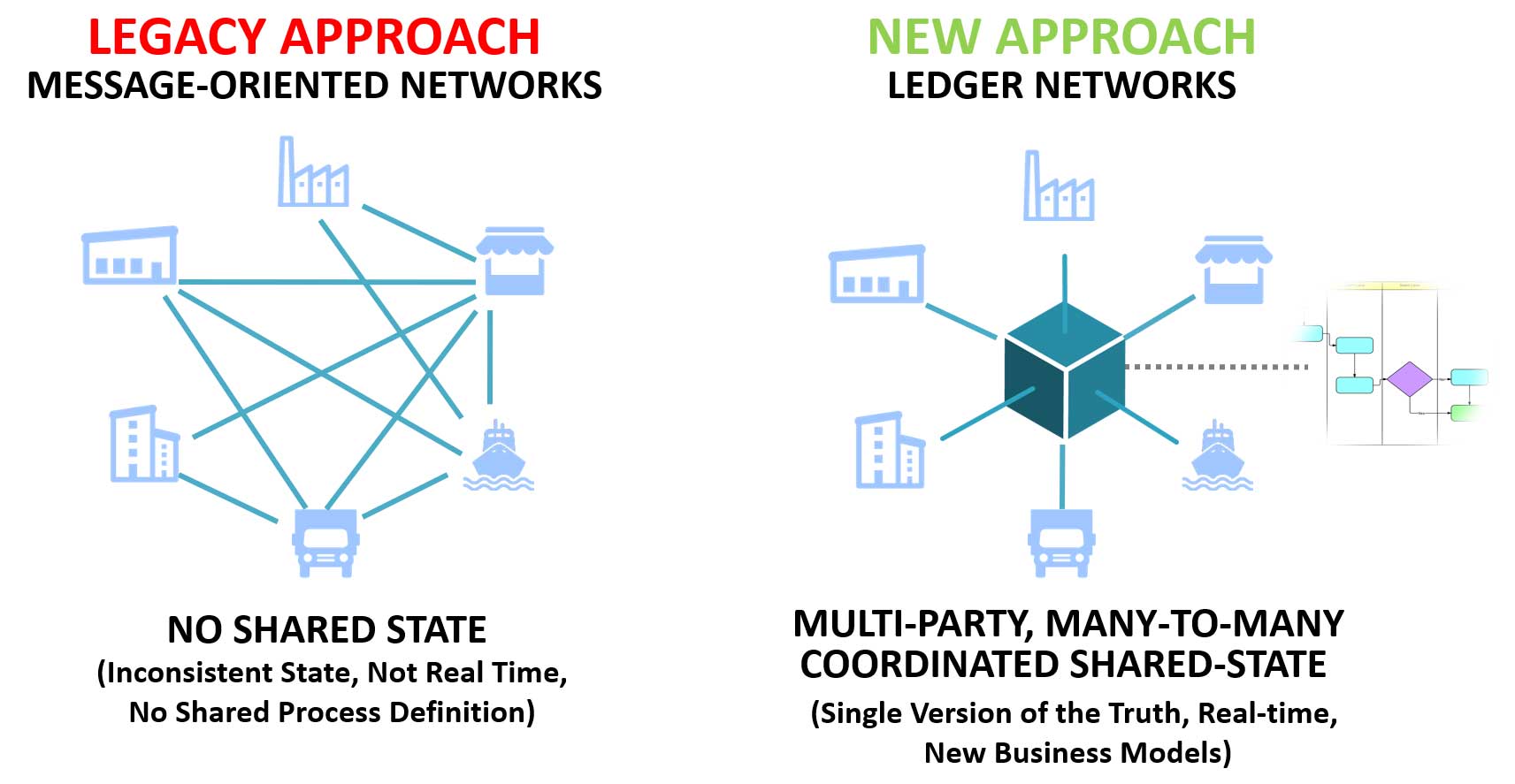This post has already been read 65989 times!
These red flags mean your supply chain is under performing, and costing you in money, customers and market share.

Over the past 20 years or so, supply chains have become far more complex and dispersed, that technology has struggled to keep up. Lack of upstream and downstream visibility and lack of control are recurring complaints that I hear from companies across industries, including Retail, CPG, Automotive, Logistics, Hi-Tech, Healthcare and the Military.
Of course, the pandemic made things worse, but the root cause of these problems has been lying dormant in supply chains for decades.
The fact is, almost every supply chain faces these problems because almost every supply chain uses the same basic technology—one designed to manage the activity behind the four walls of the enterprise.
So with that said, here are five signs that your supply chain, regardless of industry, is dysfunctional:
1. You are not focused on the end customer.
It doesn’t matter what role you play—whether a manufacturer, raw material supplier, co-packer, or 4PL—if the end customer does not buy the product, then no one wins, not you and not anyone else in your supply chain. CPG companies may measure themselves by DC service levels, but when was the last time you bought your groceries from a DC? Similarly, the military focuses on “wholesale and retail processes,” yet to the soldier this is irrelevant; he/she really only cares about getting the supplies needed to stay alive.
What really matters is understanding the end customer in real time, and providing the right product, at the right time, at the right price.
Almost every supply chain faces these problems because almost every supply chain uses the same basic technology. - Greg Brady @onenetwork Share on X2. You are running multiple forecasts.
Standard practice for traditional supply chains is to run multiple forecasts (e.g. sales, manufacturing, suppliers). Multiple forecasts mean multiple demand and supply plans. This is bad! Each plan or forecast introduces another level of inaccuracy and complexity. The result is higher than necessary inventory levels, more stock outs, more errors, and lower service levels.
You really only need one forecast that starts with the consumer, that is updated in real time as demand and supply conditions change, and that computes downstream order forecasts at each node. Never forecast what you can compute.
Recommended: Webinar: The Power of Telematics in Logistics and Supply Chain Management
3. You can’t see or influence supply in real time.
Even if you can understand and respond to consumer demand, if the rest of the upstream supply chain community does not, then the wrong products are still being made for the wrong locations.
Yes, every party should see the demand, but ideally they should also be able to see the supply plans and product in motion so that the supply-demand match is clear to all. Then when mismatches occur, they can be addressed quickly and efficiently.
4. You have no visibility or response capability to issues across the global supply chain.
Regardless of which party has custody of physical inventory or where the information resides, you can and should be able to view all shipments, inventory, and capacity limitations, in real time and on-demand. You can’t fix problems if you do not know they exist. But what good is the ability to sense a problem without the accompanying ability to respond? The newly visible information needs to be actionable.
Your supply chain technology should not only identify problems, but also, recommend solutions and provide the tools to resolve them. Further, today it is possible for a platform to resolve supply chain problems autonomously, leaving users to fix the exceptions that the AI system is not authorized to address, or it is incapable of fixing.
What good is the ability to sense a problem in your supply chain without the accompanying ability to respond? - Greg Brady @onenetwork Share on X5. You don’t incrementally re-plan and execute in real time across the community.
Demand and supply conditions are constantly changing. As soon as you finish making a plan, it becomes inaccurate, and as time goes on, even more inaccurate.
You need the ability to adjust your plans in real time, and execute those plans across your trading partners. You need to be able to do this continuously and incrementally, resolving only the problem areas in the plan so as not to create nervousness across the rest of the chain.
Your Supply Chain Depends on Relationships
The fact is, if you’re only worried about managing what goes on in the four walls of your enterprise, the industry’s standard local tools can suffice. But in the modern outsourced supply chain, your success largely depends on what occurs outside of your four walls. This is why most companies would benefit from connecting to a cloud-based, multi-party network.

It enables you to easily connect and coordinate with trading partners no matter where they are. You can all respond to supply and demand shifts in real time. You can leverage new technologies on the platform easily, as native services rather than as separate technology implementations.
You’ll be able to optimize, not just internal operations, but network-wide, to deliver higher service levels at lower cost. You can automate by using machine learning and intelligent agents. You’ll become streamlined and demand-driven – ready to discover new ways to cooperate with partners and capture value as you eliminate time lags, lower inventories, boost service levels and grow revenues.
So how is your company doing? Is your supply chain dysfunctional? Did I miss a sign? Let me know and connect with me on Linked in! And if you found this helpful, please share, email, tweet.
The Top 5 Signs Your Supply Chain is Dysfunctional - How to assess the fitness of your supply chain - Greg Brady @onenetwork Share on XYou might also like…
Recommended Posts
- Are Micro Fulfillment Centers the Next Frontier in Retail Logistics?
- Rethinking Defense Supply Chains with Network-Based Command Centers
- How to Use Predictive Analytics to Streamline Cross-Border Logistics
- AI Plus Humans for Resilient Freight Forwarding in a Complex World
- Modern Defense Supply Chains: The Essential Capabilities for Multi-Domain Operations
- Generative AI: Force Multiplier for Autonomous Supply Chain Management - May 23, 2024
- Top 5 Signs Your Supply Chain is Dysfunctional - August 19, 2022
- Why a Network Model Makes Sense for Automotive Suppliers - July 30, 2019

One comment
Comments are closed.